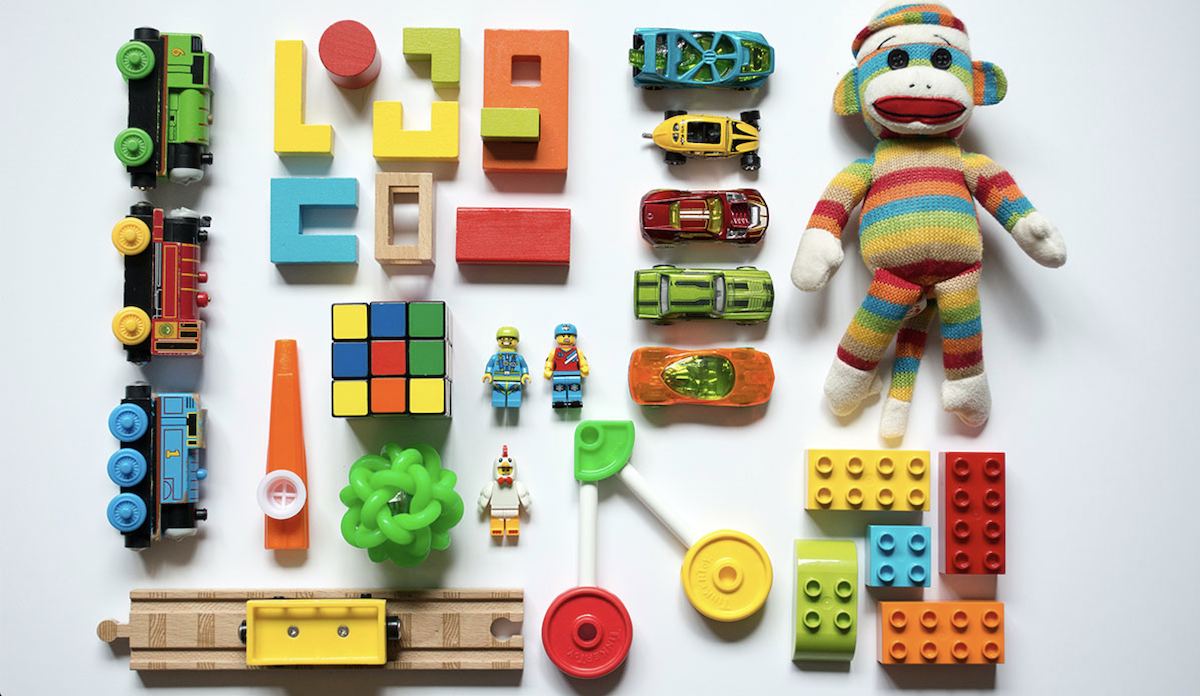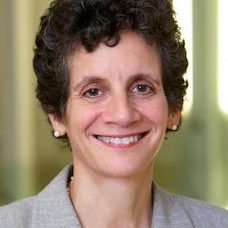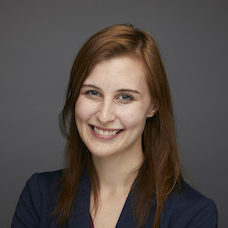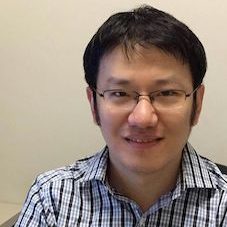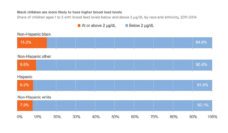Public pre-kindergarten is increasingly popular. By 2014-2015, 42 states and the District of Columbia had state-funded pre-kindergarten programs serving 4-year-olds. Across the nation, 30% of the 4-year-old population, 1.2 million children, were enrolled in a state-funded pre-kindergarten program. Most research on the impact of pre-kindergarten has looked at academic achievements. In the short-run, pre-kindergarten programs improve children’s academic skills, cognition, and test scores. As children progress through school, these effects temporarily fade and then reappear in young adulthood.
But what about the health of children enrolled in these programs? If pre-kindergarten improves physical health, that might help explain subsequent gains in school performance and outcomes later in life. Little research has measured associations between early childhood programs and the health of children. Our study helps to fill that gap by focusing on the potential of pre-kindergarten to identify and address sensory problems (such as vision deficits) early in a child’s life.
In September 2014, New York City, the city with the nation’s largest school system, introduced universal pre-kindergarten (UPK) with the goal of providing every child with a free seat in full-day pre-kindergarten. The policy set out to achieve full implementation by September 2015. Data from December 2015 indicate that 68,000 eligible children were indeed enrolled in full-day pre-kindergarten in New York City. This is roughly the same number of students enrolled in public (district and charter) kindergarten, suggesting nearly universal take-up.
Our robust finding that UPK increased the treatment of hearing and vision problems may help to explain how UPK both improves school readiness and enhances children’s long-term outcomes.
We used Medicaid data from New York City for the academic years 2012-2013 through 2015-2016 to estimate the effect of UPK eligibility on short-run health and healthcare use outcomes. We compared the experiences of children who were eligible for pre-K because they were born just before the pre-K age cutoff (December 31) to children born just after the cutoff to study how this difference changed after the implementation of UPK. Our results indicate that UPK was associated with meaningful improvements in children’s health. After the program rollout, the share of eligible children who received treatment for hearing or vision problems during the pre-K year increased substantially. You might think that UPK simply accelerated the identification of problems that would have been picked up just a little later, but when we looked at the experience of the same groups of children after they entered kindergarten, that’s not what we found. Rates of vision and hearing problem diagnosis and treatment among kindergartners didn’t drop after the introduction of UPK. Instead, UPK caught problems that might not have been identified for several years. And, although we had been concerned that early exposure to school might increase injury or infectious disease risk among children, we found no evidence of such negative effects.
The NYC UPK program, like many of the comprehensive pre-K programs that have been studied in the educational literature, included an organized and intensive program of medical and vision screening and follow-up. But prior research hasn’t focused on these elements. Our robust finding that UPK increased the treatment of hearing and vision problems may help to explain how UPK both improves school readiness and enhances children’s long-term outcomes.
This is an important part of the pre-K story: scattered literature in developmental psychology, vision treatment, and hearing treatment supports the common sense idea that children who can see and hear better in class are more likely to thrive. They are better able to learn in a classroom, to cope with challenges, and to communicate with teachers and classmates more effectively. Seeing the program through a public health lens provides a new perspective. By facilitating the treatment of vision and hearing problems, UPK may improve children’s educational outcomes by improving their health.
Photo by Vanessa Bucceri on Unsplash









